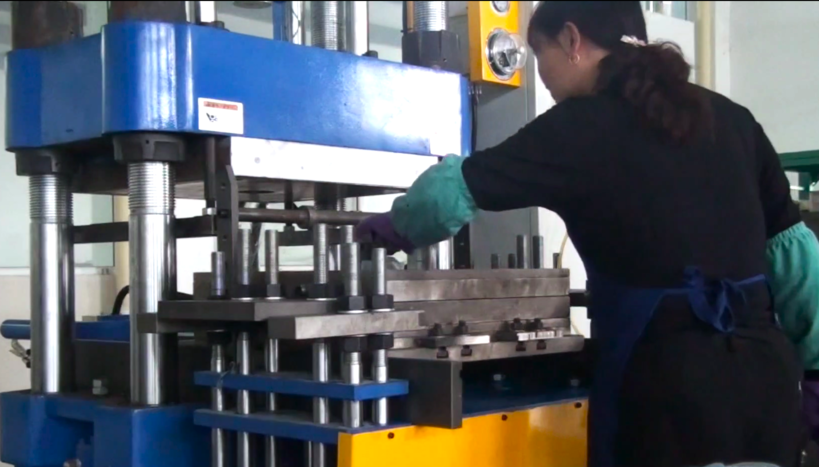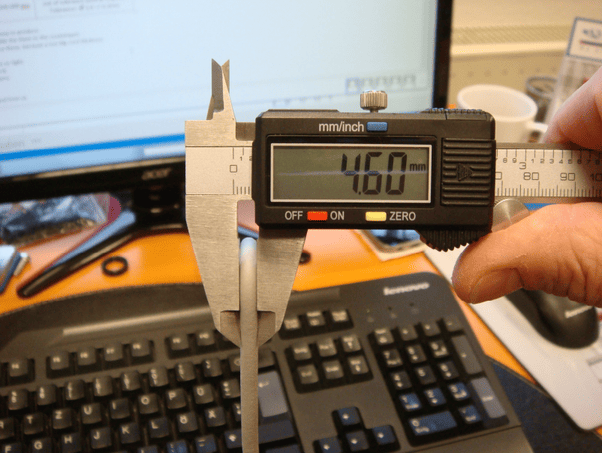Rubber seals are critical components in many industries, ensuring that systems remain airtight and leak-free. Whether in automotive, HVAC, or other mechanical systems, the manufacturing of rubber seals is a precise process that requires both technical expertise and high-quality materials. In this article, we will explore the steps involved in the rubber seal manufacturing process, from design to curing, and the materials used to ensure long-lasting performance.
Manufacturing a rubber seal involves several key steps, including material selection, mold design, curing, and quality testing. The process ensures durable, leak-proof seals for various applications.
Step 1: Material Selection for Rubber Seals
The first and most critical step in manufacturing rubber seals1 is choosing the right material. The rubber used must meet specific requirements, such as resistance to pressure, temperature fluctuations, chemicals, and UV rays, depending on the application.

Common Materials for Rubber Seals
- EPDM (Ethylene Propylene Diene Monomer): Known for its excellent weather and UV resistance, EPDM is often used in automotive and outdoor applications.
- NBR (Nitrile Butadiene Rubber): NBR is highly resistant to oils and fuels, making it a common choice for automotive and fuel system seals.
- Viton (FKM): Used for high-performance seals in extreme conditions, such as high temperatures or exposure to harsh chemicals.
- Silicone: Offers flexibility and high-temperature resistance, commonly used in the food industry and for medical devices.
The choice of rubber material—such as EPDM, NBR, or Viton—depends on the seal's intended application and the environmental factors it will face.
Step 2: Design the Seal and Create a Mold
Once the material is selected, the next step is designing the seal. This involves calculating the exact dimensions and specifications to ensure the seal performs correctly within its intended application. The seal's design will depend on factors such as the surface it is sealing, the pressure it will endure, and the environmental conditions it will face.
Mold Design
A mold is then created to form the rubber seal. Molds are typically made from steel or aluminum, and they are precisely machined to match the seal's design. The mold must account for the material's shrinkage and expansion during the curing process.
Designing the right seal and creating a mold ensures a perfect fit for the intended application, whether for automotive, industrial, or other systems.
Step 3: Rubber Mixing and Preparation
The selected rubber material is then mixed with other compounds to enhance its properties. The mixing process is crucial for ensuring that the rubber achieves the right balance of flexibility, strength, and durability. This often involves adding curing agents, accelerators, fillers, and other ingredients to the rubber compound.
Key Additives for Rubber Seals
- Curing agents: Essential for the vulcanization process2, which hardens the rubber and improves its durability.
- Fillers: Used to reinforce the rubber, reduce costs, or alter the seal’s properties.
- Plasticizers: Help improve the flexibility and workability of the rubber.
Rubber mixing involves adding curing agents, fillers, and plasticizers to ensure the material is strong, flexible, and durable for seal manufacturing.
Step 4: Molding the Rubber Seal
Once the rubber compound is ready, it is placed into the mold. The process of placing the rubber in the mold is typically done using an injection molding or compression molding technique. In both methods, the rubber is heated to a specific temperature to soften it and make it moldable.
Injection Molding vs. Compression Molding
- Injection Molding: The rubber is injected into a heated mold, where it takes the shape of the seal.
- Compression Molding: The rubber is placed into a mold cavity, and pressure is applied to compress it into the seal’s shape.
The rubber is molded using injection or compression molding methods to create the seal’s final shape.
Step 5: Curing and Vulcanization
The rubber is then subjected to heat and pressure to undergo the curing or vulcanization process. This step is critical as it strengthens the rubber and ensures it retains its shape, elasticity, and resistance to environmental factors like heat, chemicals, and wear.
Vulcanization Process
During vulcanization, sulfur is added to the rubber compound. The heat causes the sulfur to bond the rubber molecules, forming a three-dimensional network that makes the rubber more durable and resistant to wear and heat.
Curing and vulcanization are crucial steps that strengthen rubber seals, improving their resistance to wear, heat, and chemicals.
Step 6: Quality Control and Testing
After curing, the rubber seals undergo thorough quality control checks to ensure they meet the required standards. This includes measuring dimensions, inspecting for defects, and testing the seal’s performance under various conditions.
Common Quality Control Tests
- Compression set tests: Measure the seal’s ability to return to its original shape after compression.
- Leakage tests: Ensure the seal can withstand pressure and prevent leaks.
- Chemical resistance tests: Check how the rubber reacts to oils, fuels, or other chemicals.
Quality control tests such as compression set, leakage, and chemical resistance tests ensure that the rubber seals meet performance standards.
Step 7: Post-Processing and Finishing
Once the seals pass quality control, they undergo post-processing, which may include trimming excess rubber, cleaning, and applying any necessary coatings. This ensures the seals are ready for installation and perform optimally in their intended applications.
Post-processing steps like trimming and cleaning finalize the rubber seals, making them ready for use in automotive, industrial, or other applications.
Conclusion
The manufacturing of rubber seals is a multi-step process that requires careful material selection, precise design, and thorough testing to ensure that the seals perform reliably in various conditions. From mixing the rubber compound to curing and testing the final product, each stage is essential to ensuring that the seals meet performance and durability standards. Rubber seals are indispensable in a wide range of industries, offering protection against leaks, environmental damage, and wear, which ultimately contributes to the safety and efficiency of mechanical systems.
Footnotes:










